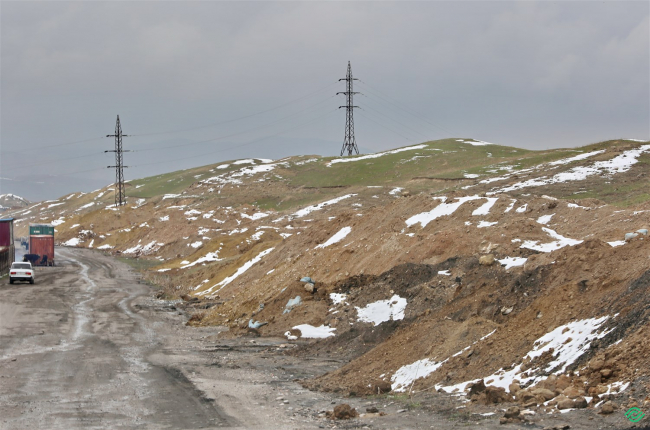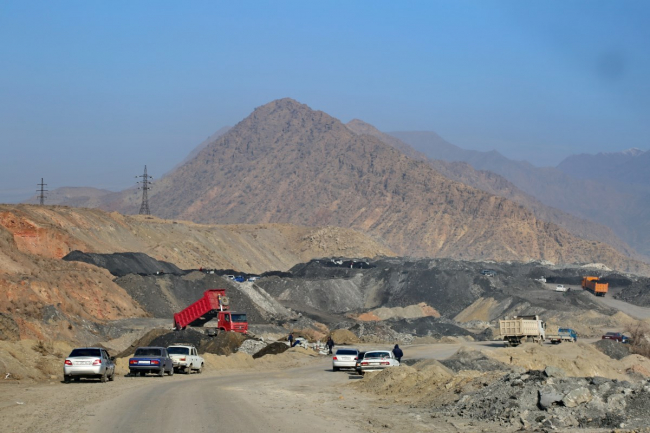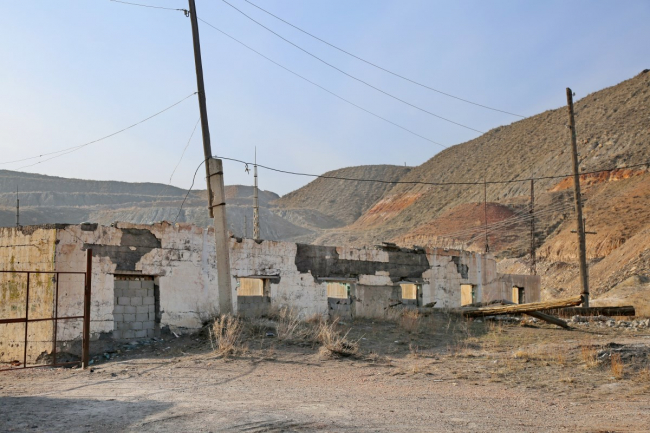Coal Storage Facilities. Disruption of the Fertile Soil Layer.
39°55’7181″N 69°38’6175″E The coal industry is one of the most controversial in terms of profitability and one of the most dangerous in terms of its negative impact on the ecology and human health within Kyrgyzstan's fuel and energy complex. Despite the fact that many countries have recently begun to abandon coal in favor of alternative energy sources, thereby provoking a decrease in demand and devaluation of this type of fuel, local authorities still consider coal a promising sector of









